A Guide to CPAP Machines

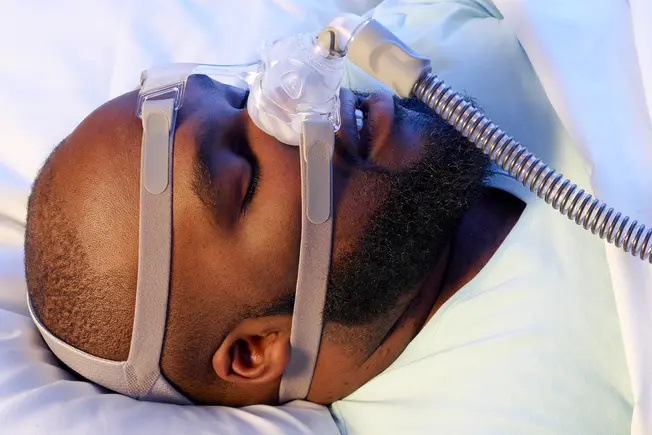
What Do CPAPs Do?
A CPAP device is a machine that helps treat sleep apnea. CPAP stands for “continuous positive airway pressure.” It raises the air pressure in your throat, so when you sleep at night, your airway stays open. This helps you breathe normally, sleep more soundly, and snore less -- which could help your partner sleep better too.
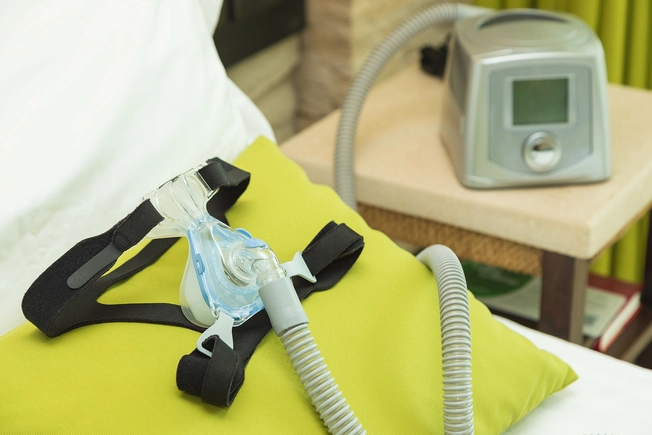
CPAP Parts
CPAP systems have a small tank of water that raises the water content (humidity) of the air you breathe while you sleep. It connects to a filter, tube, and mask worn over your nose or mouth or both. Most masks have a chin strap to hold them in place while you snooze. Others have nose pillows that fit inside your nostrils.

CPAP Setup
Your doctor may ask you to do a nighttime sleep study. You’ll usually go to a clinic, but sometimes they can happen at your home. A sleep specialist will watch how you sleep. Then they’ll help you try on different masks, fit you with the right CPAP equipment, and help you find your right pressure settings. Your sleep or respiratory therapist can show you how to set up your CPAP and use it properly.
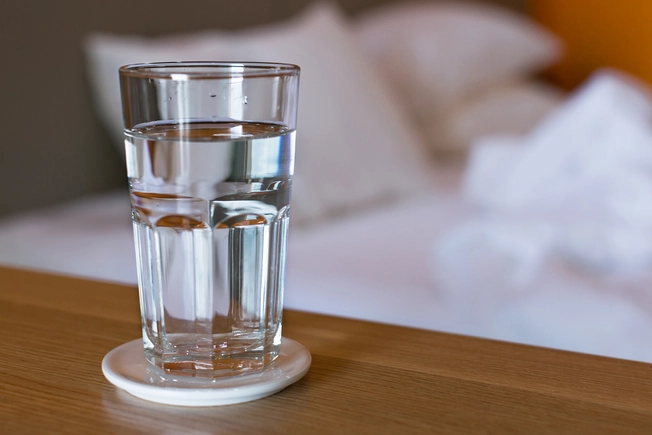
CPAP Maintenance
Once a year, your CPAP supplier will test the device with a tool called a manometer to make sure it’s working properly. Try not to spill liquids, like a glass of water you keep by your bedside, on your device. This could damage the circuits inside. It’s OK to wipe it off with a damp cloth, but don’t plunge it into water. Ask your supplier about the best way to keep the unit clean.
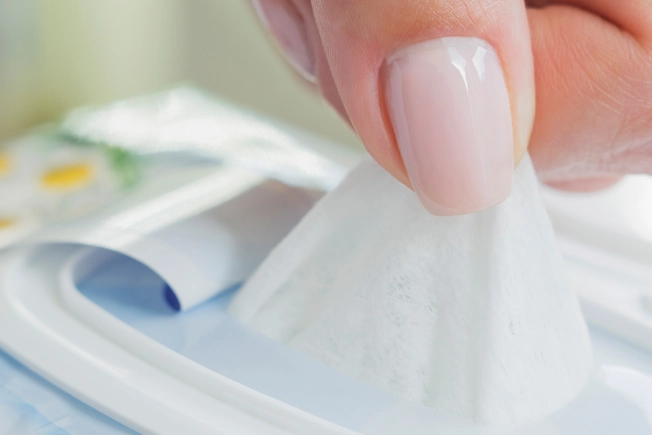
CPAP Cleaning Tips
Never use harsh soaps, bleach, alcohol-based rubs or hand sanitizers, or scented oils to clean your CPAP. Use mild dish soap instead. Use a moist wipe to clean the outside. You can wash the mask, tube, or straps in the shower once a week, and then hang them up to dry before you wear them to bed that night.
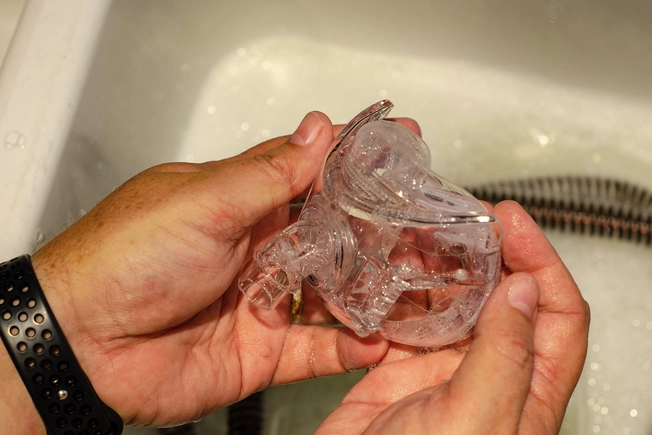
Keep Tubing Clean
Once a week, clean your CPAP’s tubes completely. Fill up your sink with warm water and mild liquid soap. Place the tubing in the soapy water. You can use a baby bottle brush to clean the inside, then rinse well. Hang it up so it can air dry all the way before you attach it to your unit again.
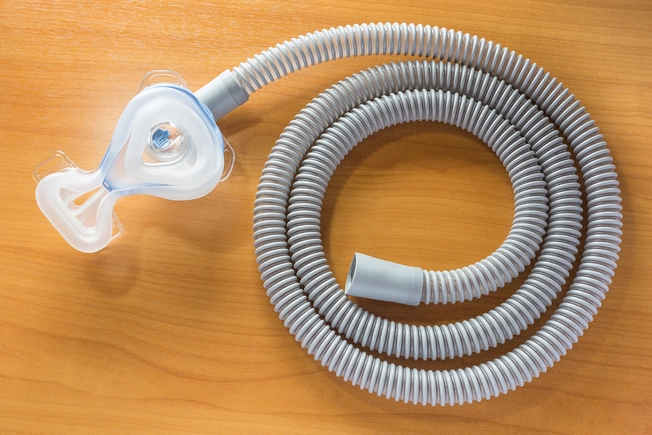
Protect Your Tubing
In addition to weekly cleanings, make sure your tubing is free of cracks or tiny holes. These will let air get out, which lowers the air pressure of the unit. Replace the tubes at least once a year. Cats or dogs may think your CPAP tube is a chew toy, so use a sleeve or cover to protect it.
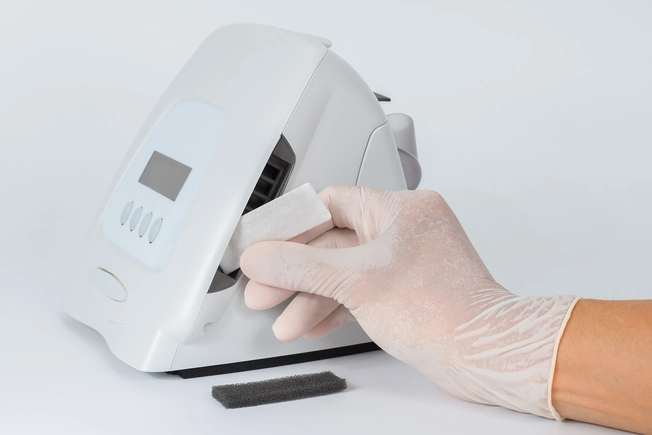
Change Filters
Most CPAPs have two filters. Clean the black or gray non-disposable foam filter once a week in mild soap and water, then hang it up to dry. You can replace the finer, white filter once it starts to look gray and dirty. CPAP filters are cheap, so replace them once every month or two or as needed.
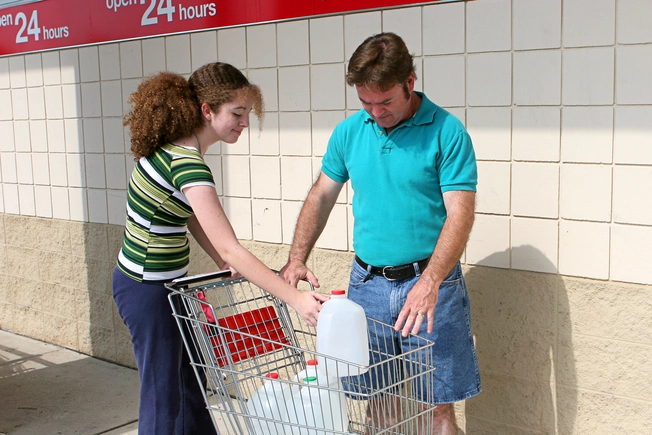
Use Distilled Water
Take the humidifier tank off of your device to clean and refill it. Each morning, empty the water that’s still in the tank. Clean the tank in mild, soapy water, rinse well, and hang it up to dry. Once it’s dry, fill it again with distilled water. This will keep the air you breathe free of dust particles. Never use the water over again.
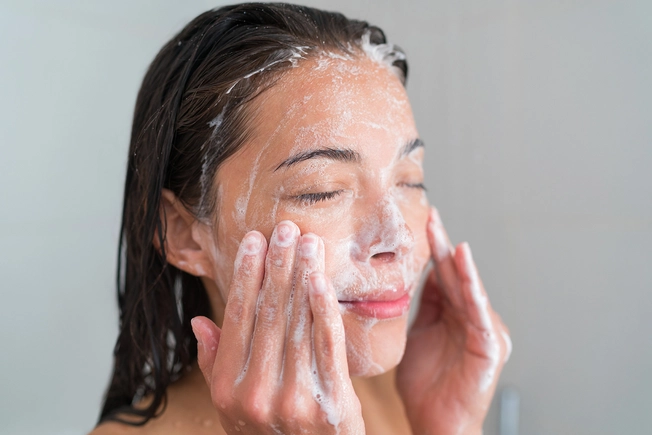
Protect Your CPAP Mask
Your CPAP mask has soft material inside for comfort against your face. To protect it, clean your face before you go to bed. Remove any makeup. Don’t use any oils or moisturizers that could damage the material. Handle your mask carefully so you don’t damage it.

How to Get Used to Your CPAP
It may take a few weeks to adjust to your system. At first, wear it when you’re awake but sitting still, such as while you watch TV. If wearing the mask makes you tense, ask your doctor to suggest muscle relaxation exercises. Your device may have a ramp feature that gently raises the air pressure as you sleep, which may be easier for you.
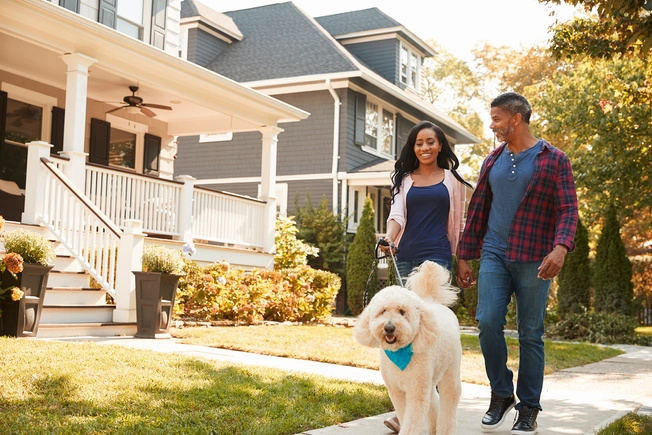
Support Sleep With Healthy Habits
The feel of a CPAP mask and the sounds of the machine may make it hard for some people to sleep. Make sure your daily routine promotes quality sleep. Don’t drink caffeinated drinks or alcohol close to bedtime. Get regular physical activity. Relax in a warm bath before you turn in. Don’t try to go to sleep until you’re ready.
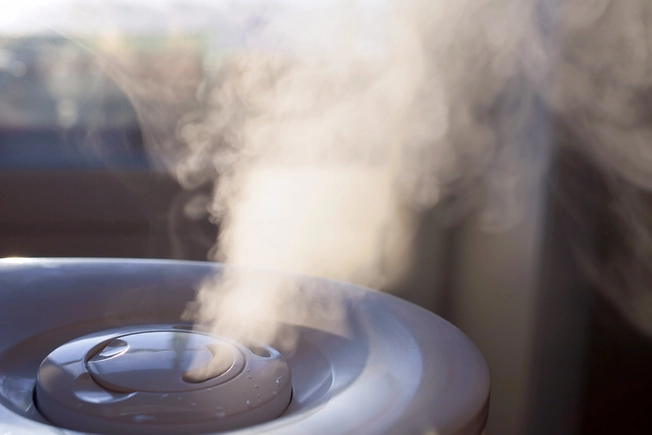
Ease Dry Mouth
If you tend to breathe through your mouth when you sleep, using a CPAP may make your dry mouth feeling even worse. Make sure you use a device with a humidifier. It may help to use a mask with a fitted chin strap or one that fits over your whole face, instead of just your nose.

Traveling With Your CPAP
When you travel, take your CPAP equipment with you. Pack an extension cord in your suitcase in case your hotel room outlet is far from the bed. Ask your doctor for a backup CPAP prescription in case there’s damage to your unit on your trip. If you can, buy or bring a bottle of distilled water to refill your humidifier so you don’t have to use tap water.
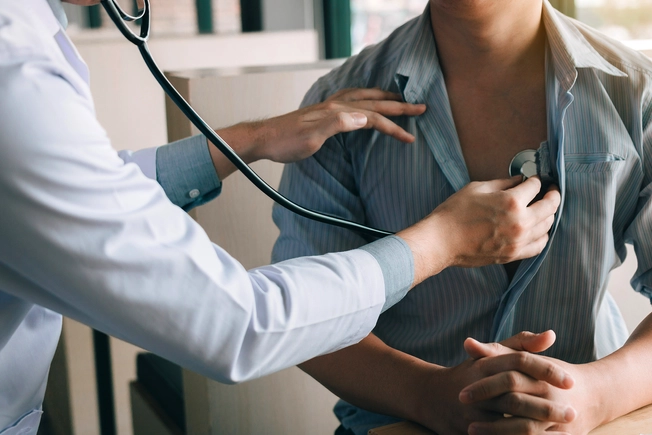
CPAP: Possible Side Effects
CPAPs may cause side effects for some people, such as a sore throat, nightmares, a stuffy nose, sneezing, a bloated belly, or skin or eye irritation. But untreated sleep apnea can lead to more serious health problems like abnormal heart rhythms, hypertension, or cardiovascular events. Talk with your doctor about the risks and benefits of using a CPAP.
IMAGES PROVIDED BY:
1. Science Source
2. Getty Images
3. Medical Images
4. Getty Images
5. Getty Images
6. Getty Images
7. Getty Images
8. Getty Images
9. Getty Images
10. Getty Images
11. Getty Images
12. Getty Images
13. Getty Images
14. Getty Images
15. Getty Images
SOURCES:
Mayo Clinic: “CPAP Machines: Tips for Avoiding 10 Common Problems.”
National Sleep Foundation: “What is a CPAP machine?” “CPAP 101: Expert Tips for Getting Started With Continuous Positive Airway Pressure (CPAP) Machines.”
British Lung Foundation: “CPAP Machines for OSA.”
Providence Health & Services: “CPAP and BiPAP Units and Supplies.”
American Sleep Apnea Association: “CPAP, AutoCPAP, and BiLevel Machine Care,” “Documents.”